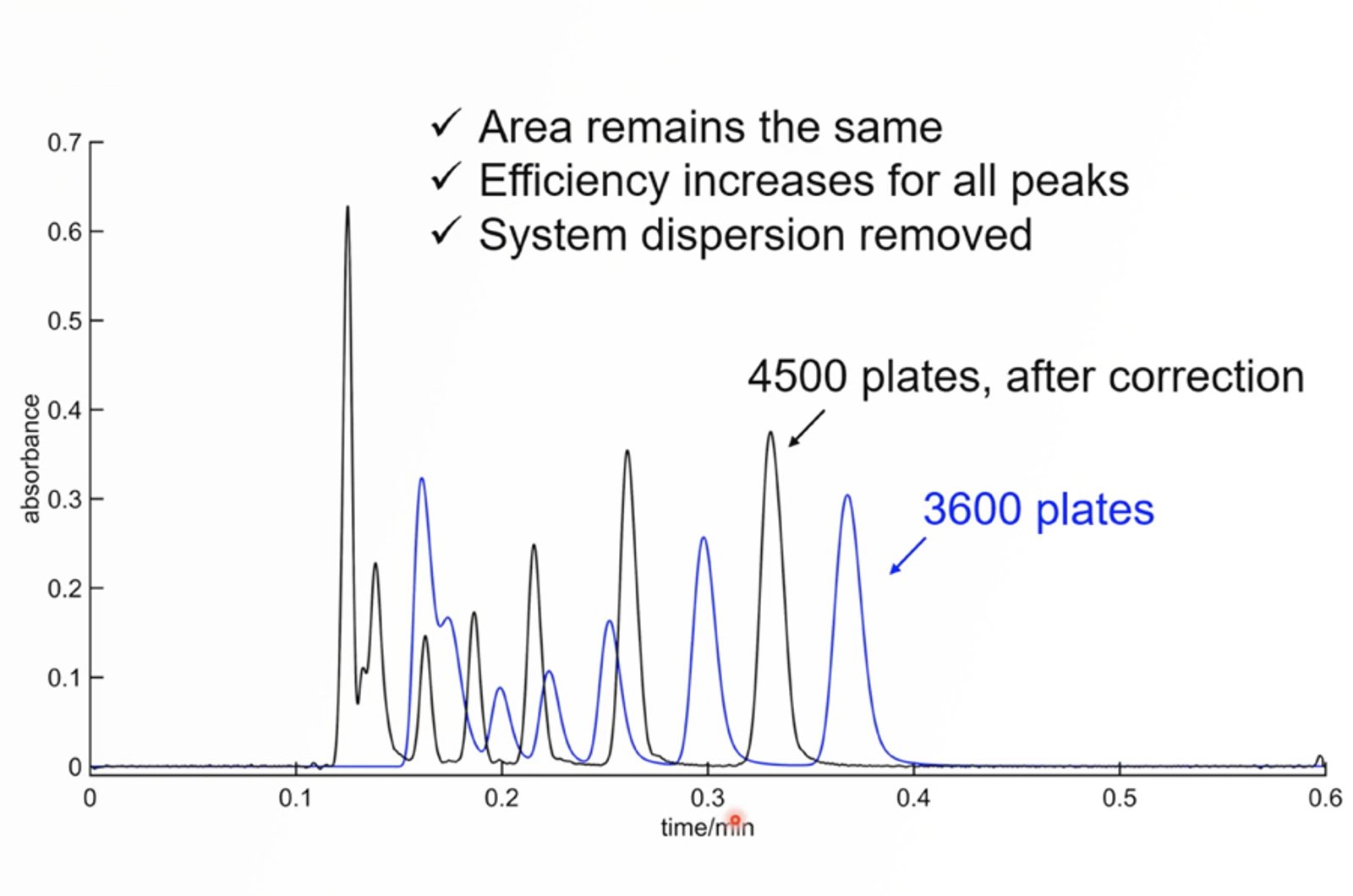CHROMtalks - Beyond the HPLC Column: Understanding Non-Column Factors That Influence Peak Widths and Shapes in High-Efficiency Separations
In HPLC, we are trained to closely examine columns, their surface chemistry, and mobile-phase interactions. However, factors that occur outside the column can affect the separation process and distort peak shapes. Examples include connection tubing and detection parameters, data sampling rate, and response times of different embedded digital filters. In particular, the impact of response time and data sampling rate on peak shapes remains a subject of substantial interest for high-efficiency separations. For example, what are the response times for HPLC-UV detection parameters, and what do they represent in signal processing? How many data points should we sample per peak? Addressing these questions and understanding the digital filters used in commercial chromatographs can help mitigate peak shape distortions caused by data acquisition software. Through simulated and real examples, this discussion will also focus on the conceptual understanding of sampling rates, response times, and various denoising processes used in commercial liquid chromatographs. These factors can become significant in low signal-to-noise ratio environments.

